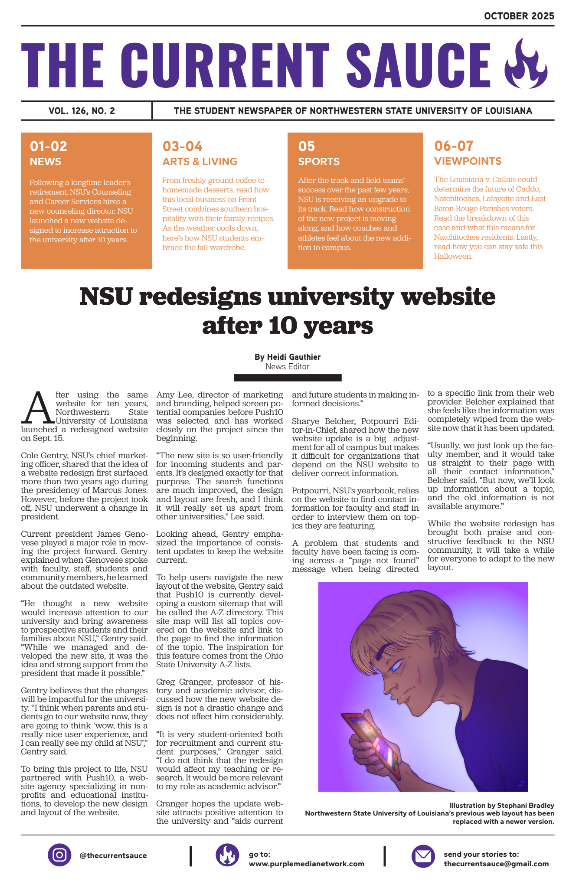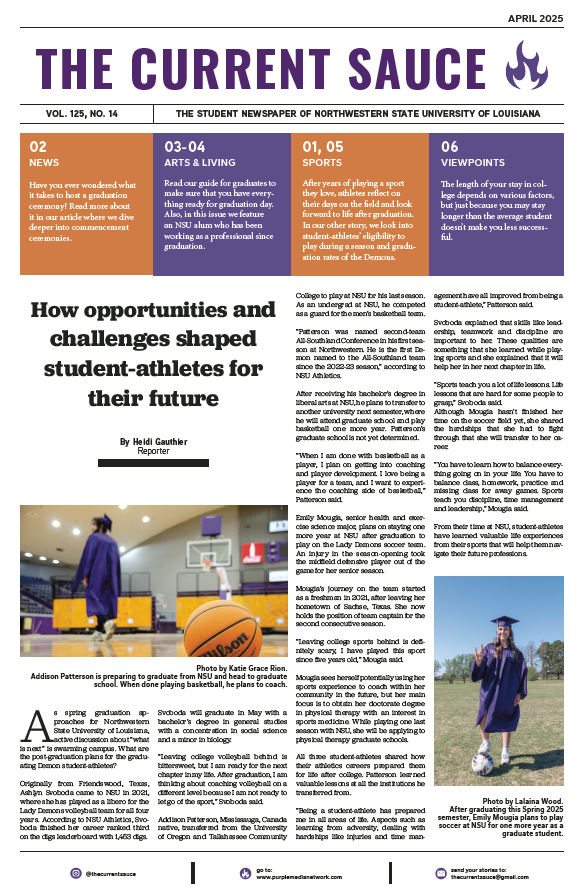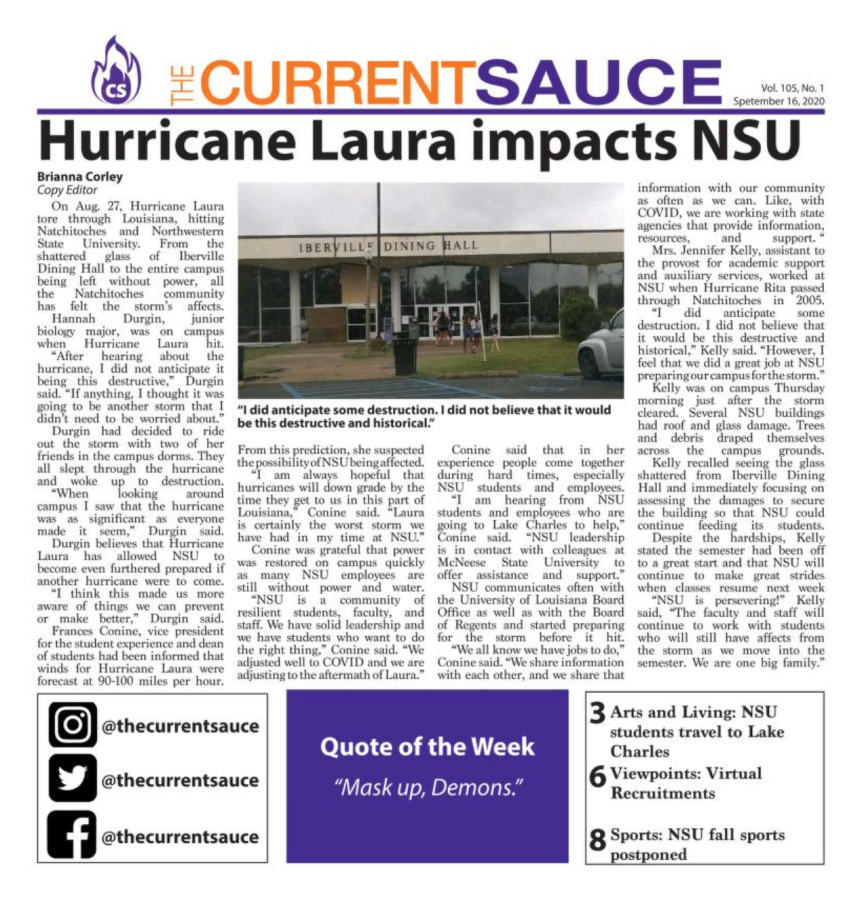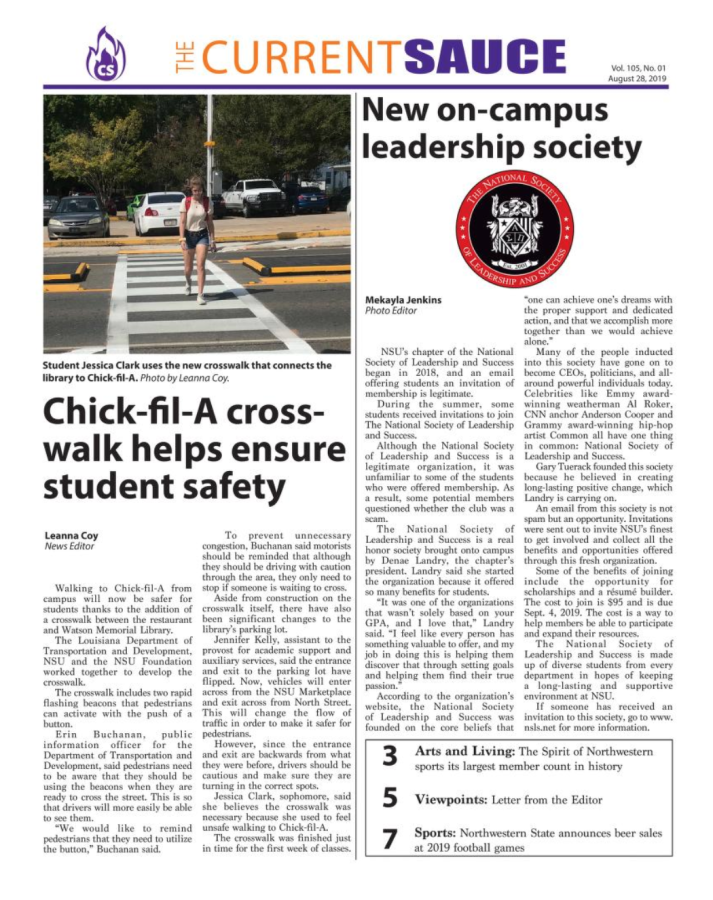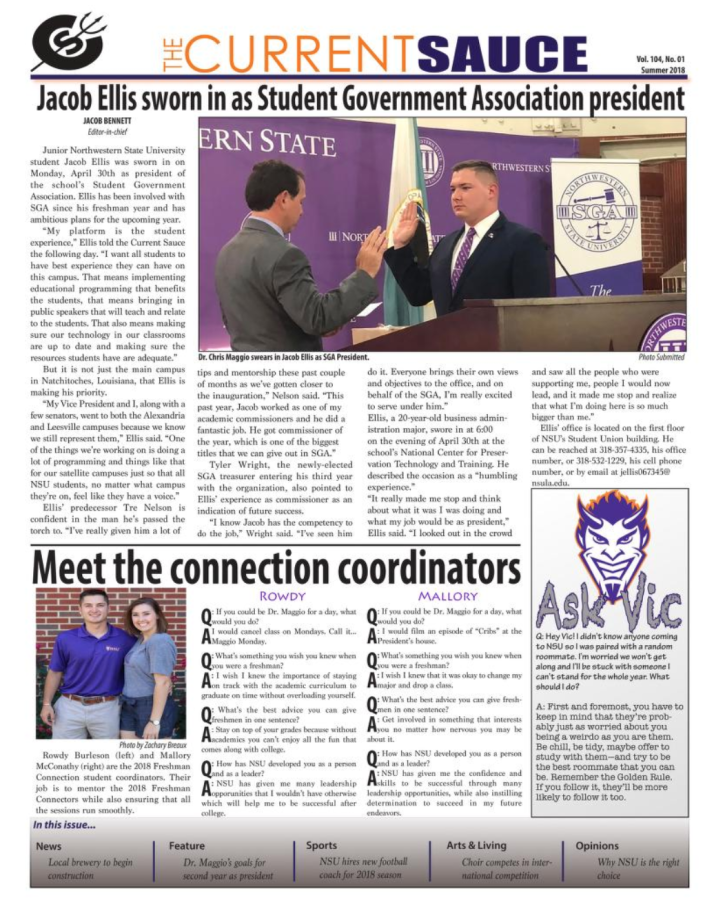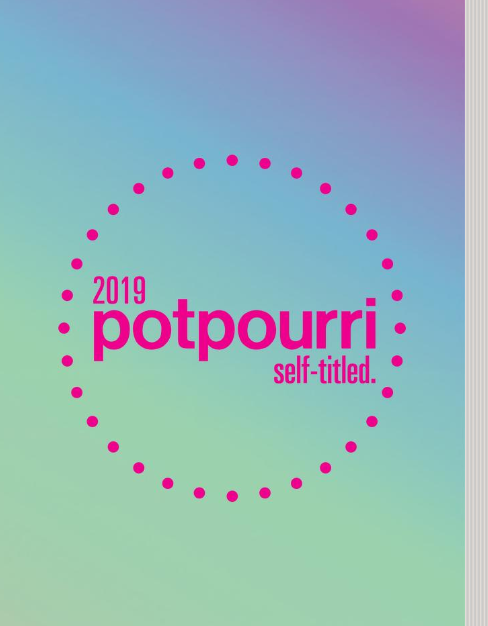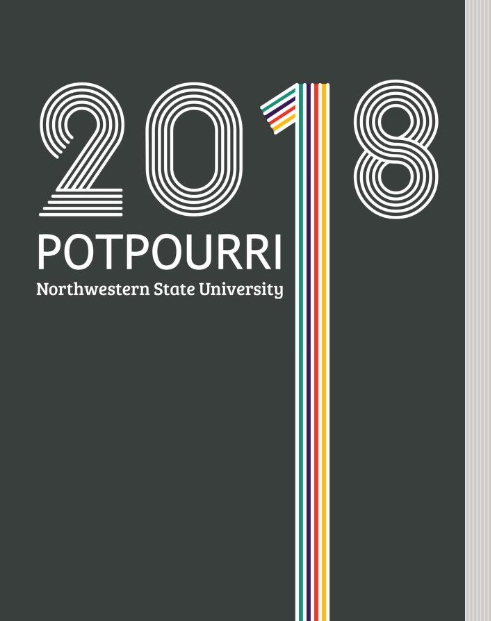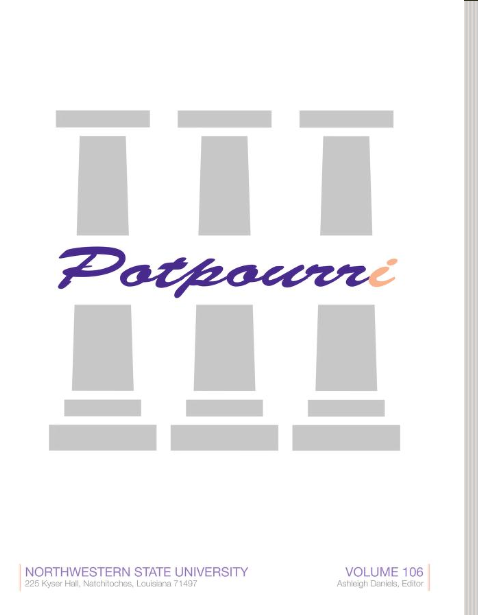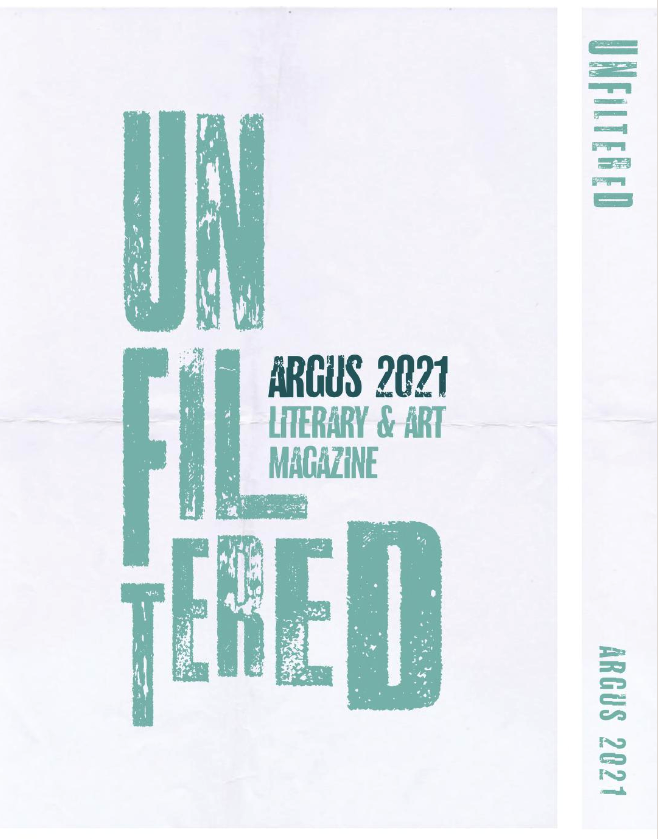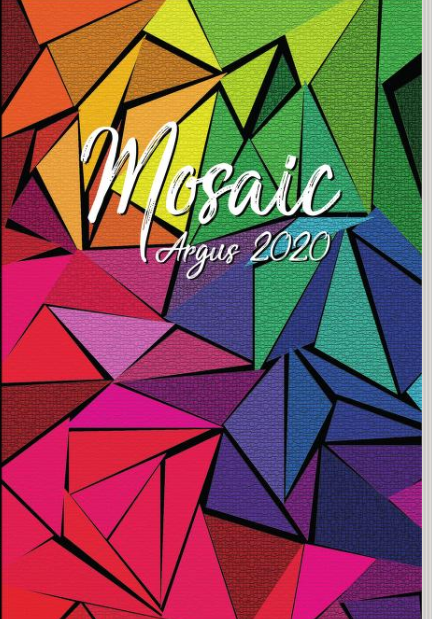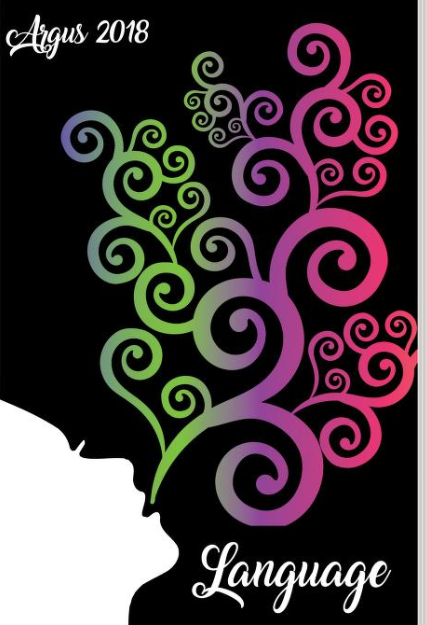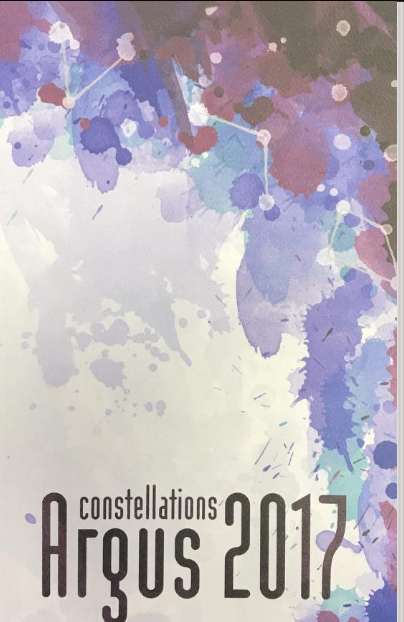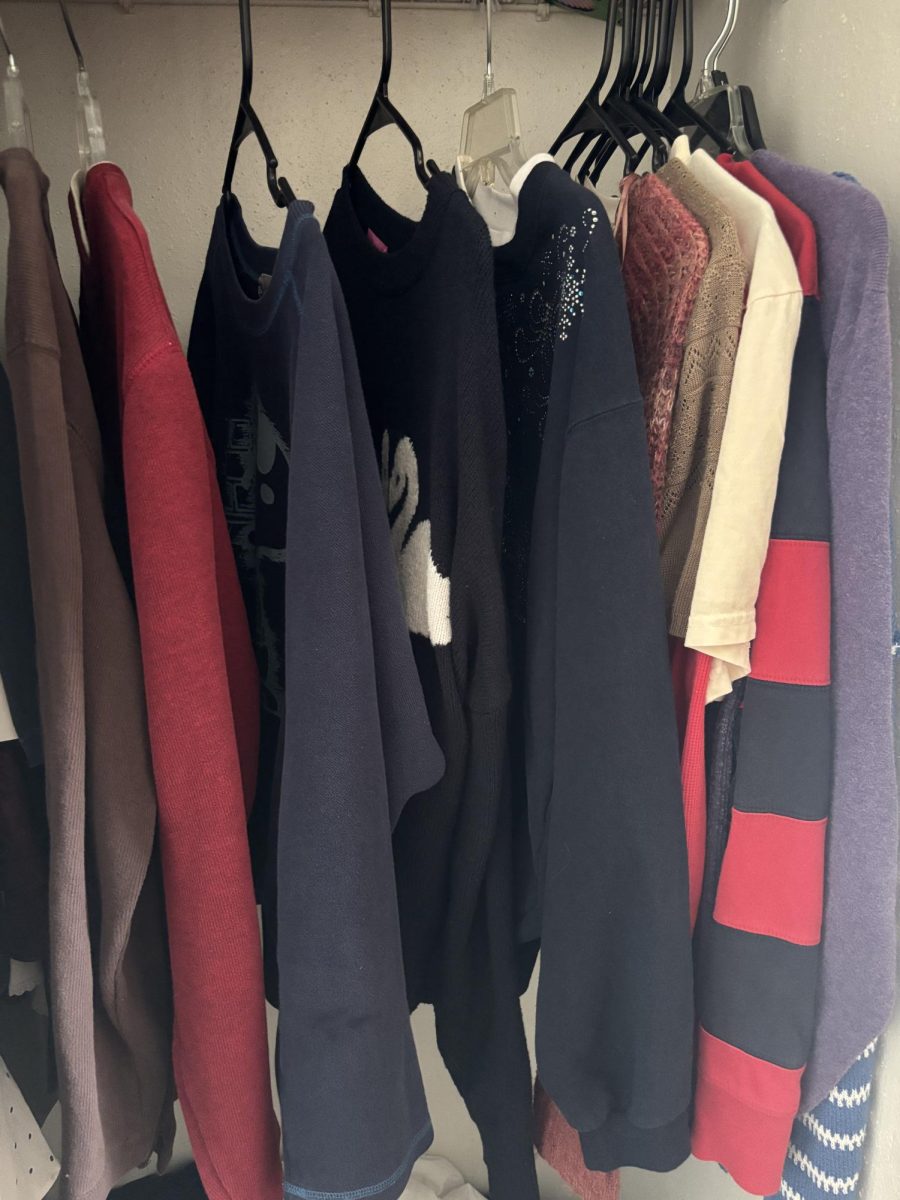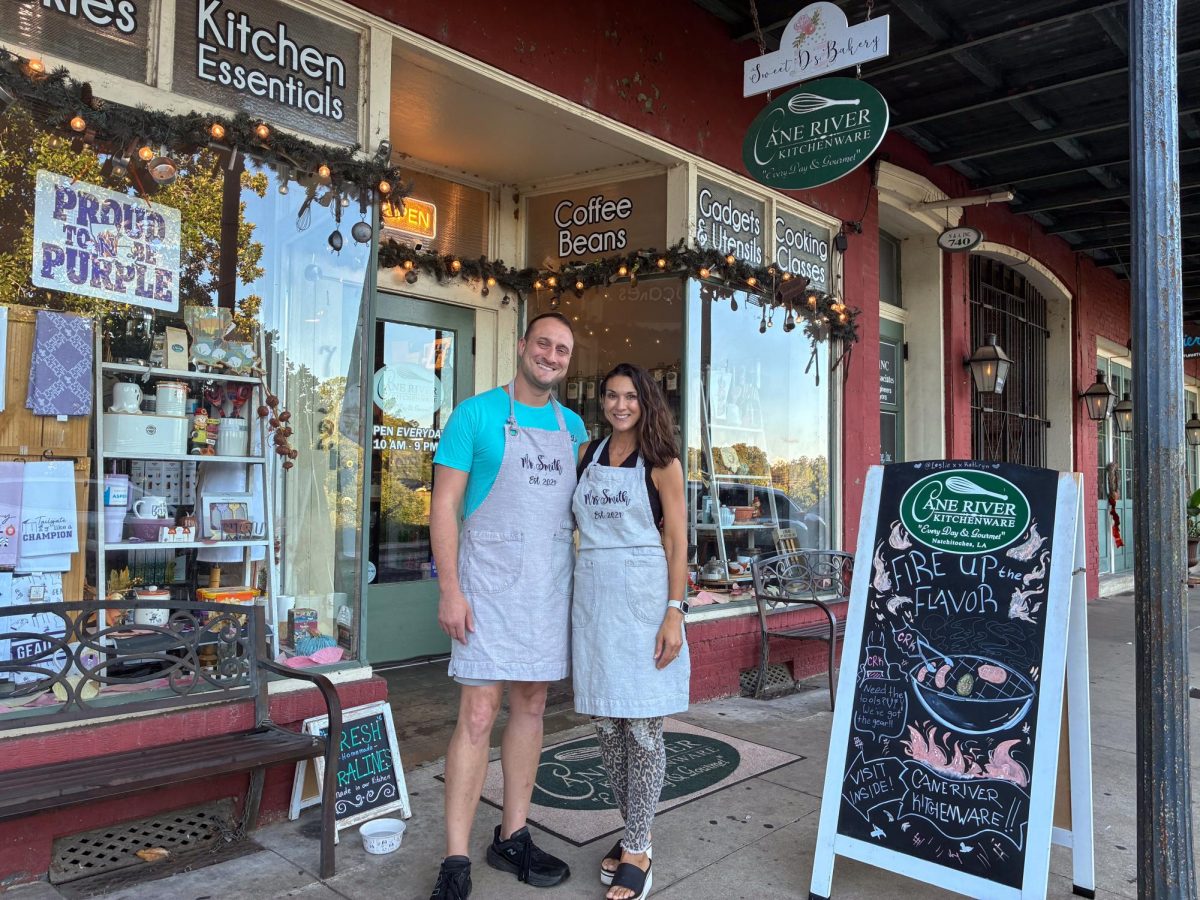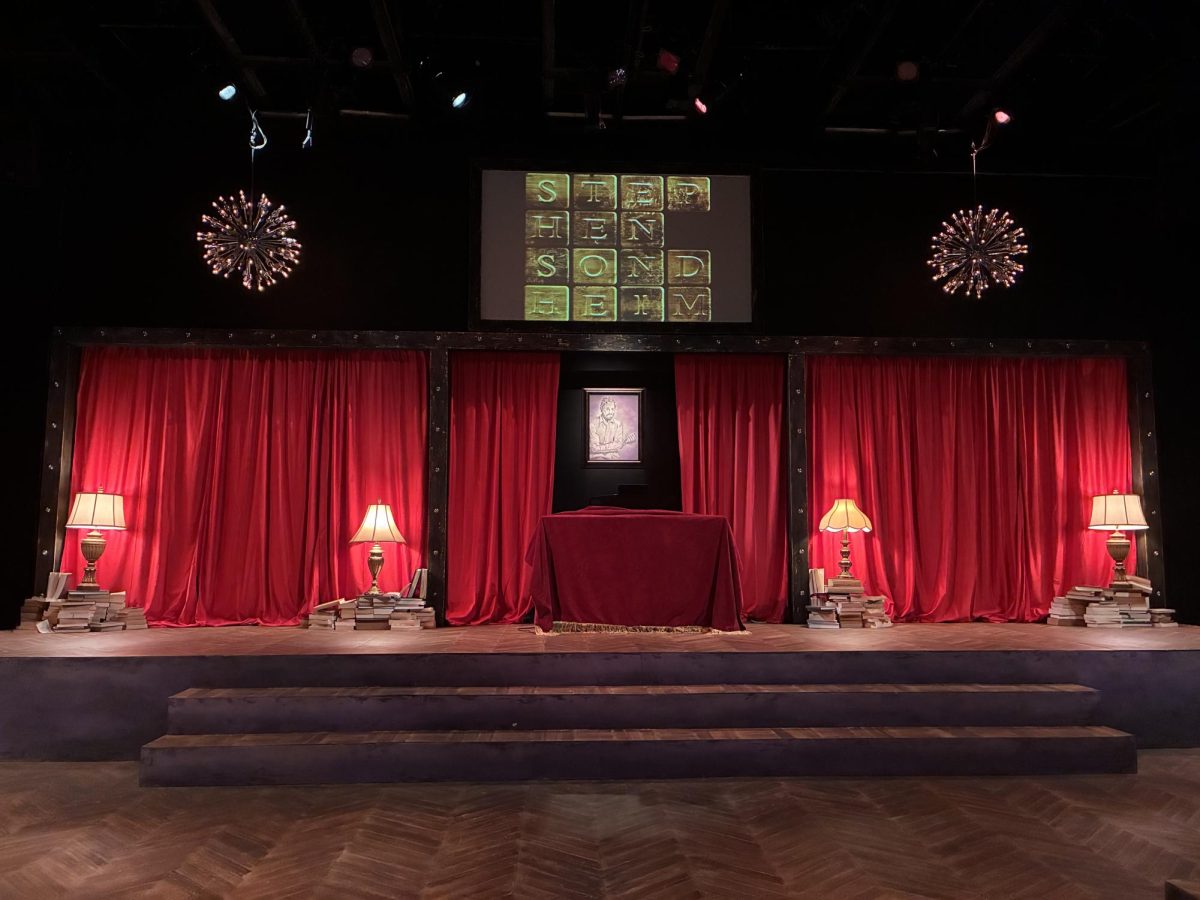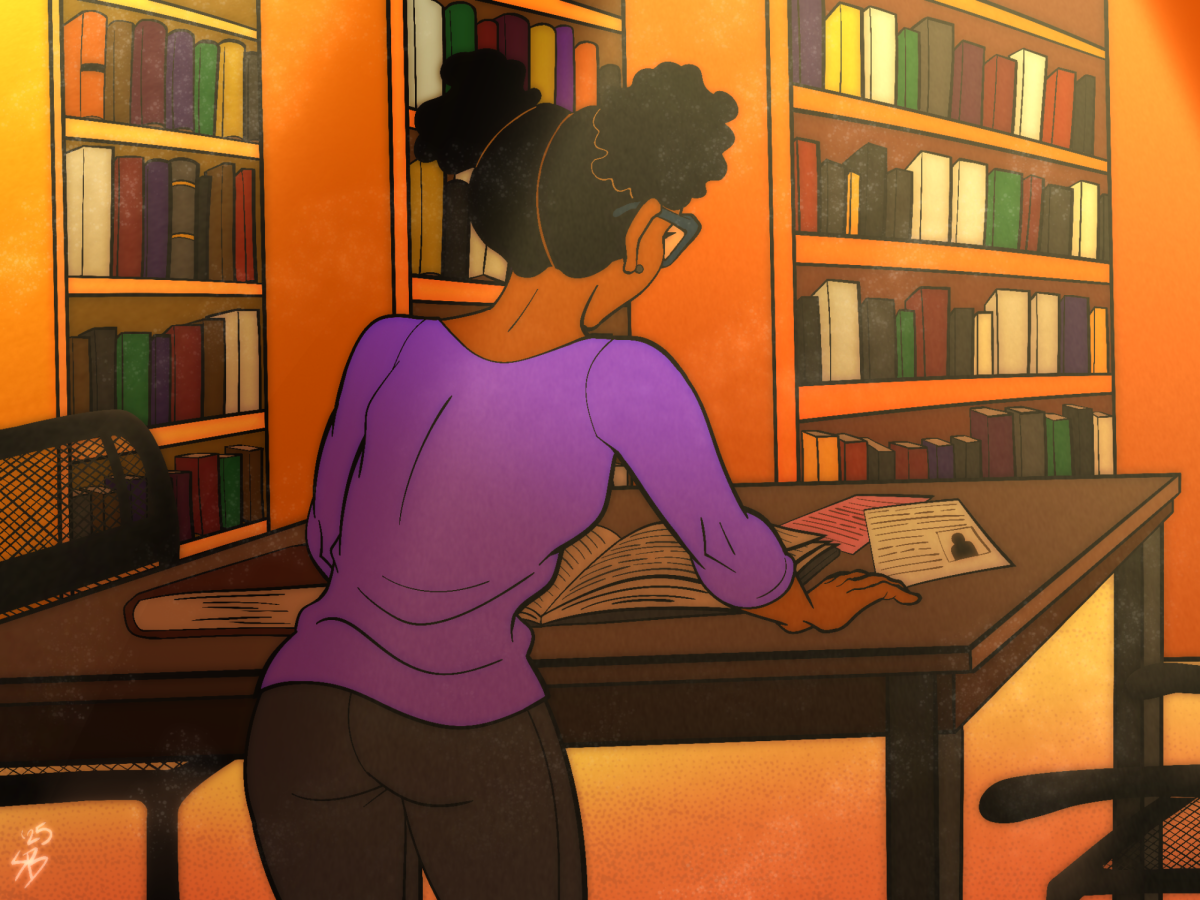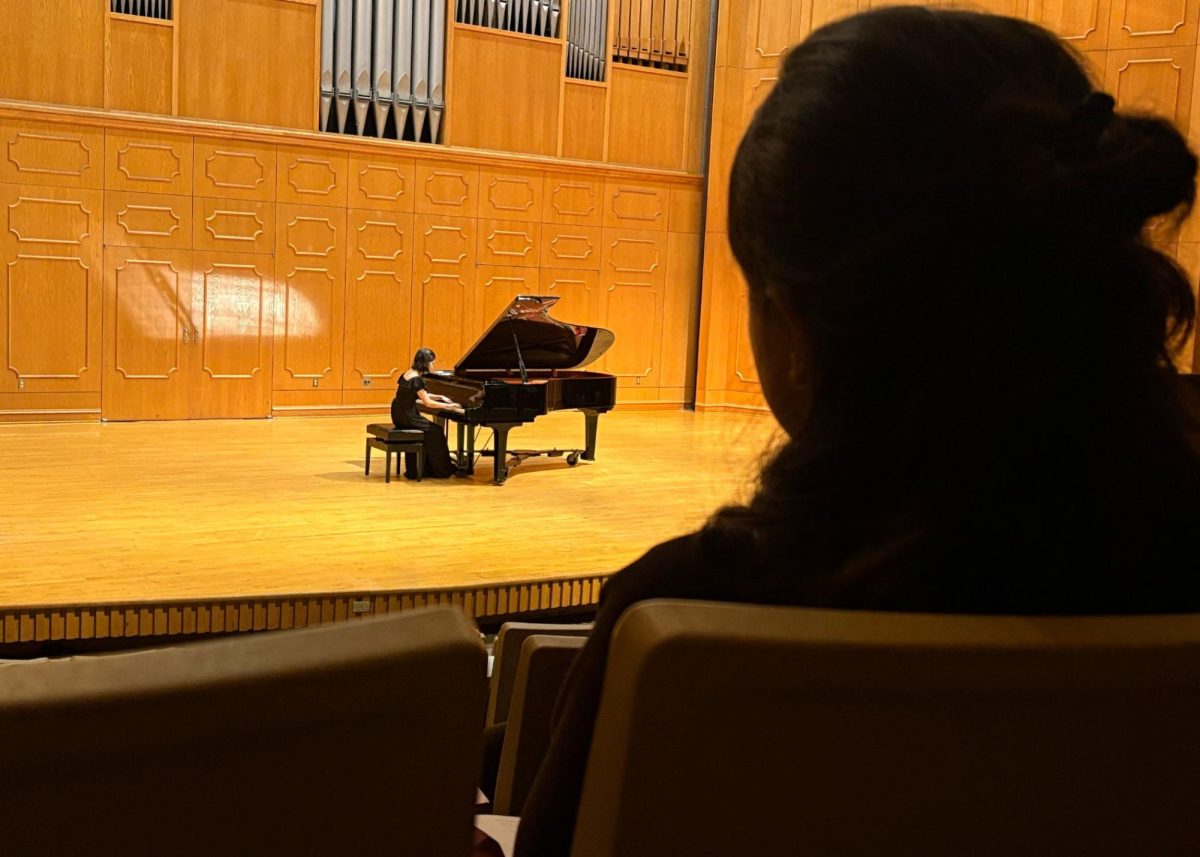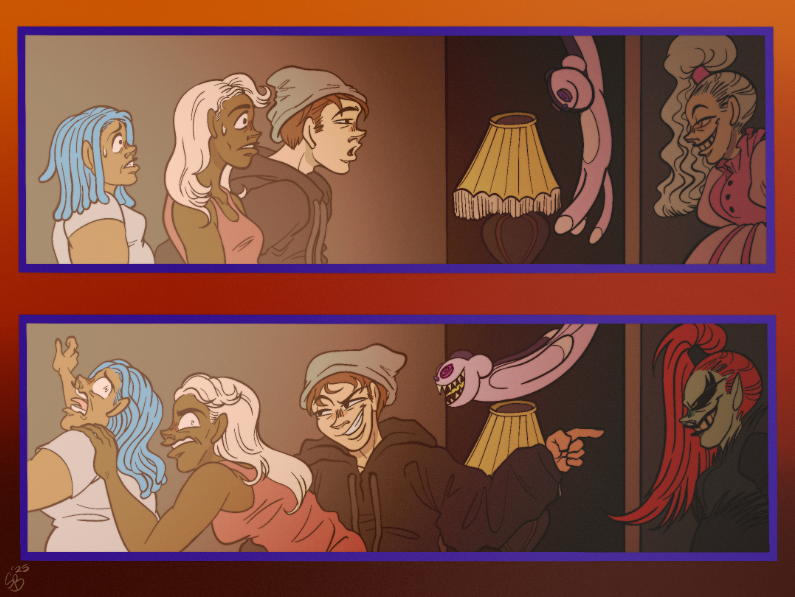Archeology is the study of human history through scientific examinations of historic sites and analyses of artifacts. Therefore, as the oldest city in the Louisiana Purchase, Natchitoches has had its fair share of archeology studies.
Los Adaes State Historic Site, Louisiana’s state historic site of the 18th-century and capital of Spanish Texas, has provided archeology finds for the record of Spanish history.
Only 5% of Los Adaes has been excavated, making it the most intact archaeological site in the state. Rhonda Gauthier, retired cultural recreation and tourism representative for Louisiana State Parks and volunteer for the Cane River National Heritage Area, explained why the excavations have not continued.
“We know from the archeology that has been done — the limited amount — how the people were living, we know where the presidio walls were, we know where the mission was, we know where the barracks and all the commanders quarters and everything was,” Gauthier said. “We got the information, so we don’t need to dig anymore.”
Historical record of the Spanish architect’s plans shows that the original presidio at Los Adaes had three bastions, with two cannons in each, and six walls. Archaeological excavations have proven that the fort was, in fact, built according to these plans.
Archaeologists have successfully excavated two bastions, two walls and portions of the ditch that was in front of the walls. Other archeological findings at Los Adaes include a possible blacksmith area near the southwest bastion of the presidio, a possible burial pit, the remains of a kitchen and a small house to the west of the presidio.
Nowadays, since Los Adaes is a state park, excavations and analysis can only be done in naturally disturbed areas to protect the site as well as cut costs, Gauthier explained.
“If a tree falls over, then the archeologists will come out and do excavations around the tree stump and animal disturbances on the ground — things like that,” Gauthier said.
Though excavations have not continued, small finds can still be identified today.
“Certain finds happen if it rains a lot, say if I decide to walk out I might see a pottery shard on the surface, we keep that here,” Gauthier said.
Finds made by Gauthier and other workers of the site are brought to the archeology department at Northwestern State University of Louisiana to be identified. Some recent finds include shards of puebla polychrome from the 1720s or earlier, porcelain from the late Anglo-American time period, shards of an Anglo-American milk jar from the 1830s and a fragment of a brimmed plate.
For more information about the archeological findings of Los Adaes State Historic Site, visit https://www.crt.state.la.us/dataprojects/archaeology/losadaes/_html/3_04_00.htm.

